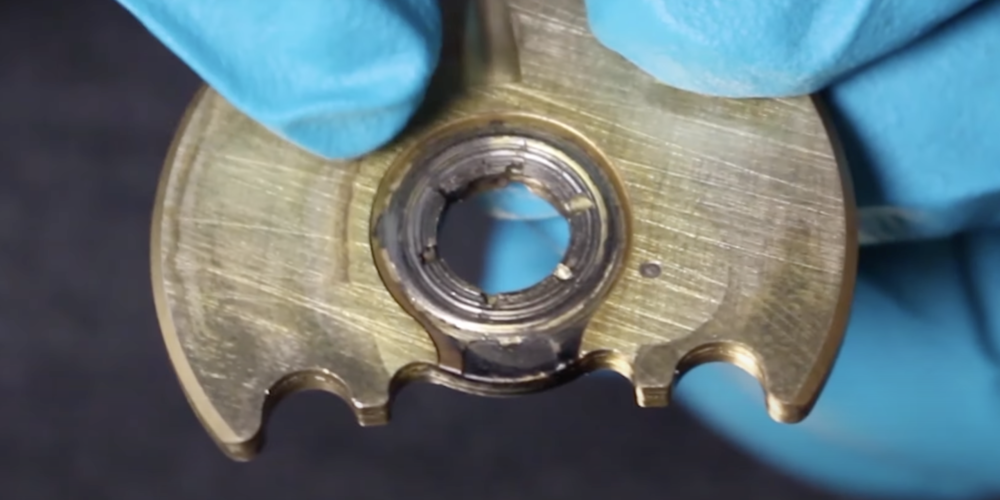Power Steering Fluid Demystified
Power steering is a solution that allows the driver to apply much less turning force than actually needed to change the position of the wheels. This is achieved through an additional wheel-turning force from a hydraulic system or, increasingly often, an electric motor that assists this process.

In the case of the former, a hydraulic pump generates additional pressure, which is carried by hydraulic fluid. The latter system is simply an electric motor driving the steering column. Although the fluid in the steering system works under much less demanding conditions than, for example, engine oil, it must also have specific properties and is subject to periodic replacement.
A standard power steering pump is driven by a V-belt or multi-ribbed belt from the engine, so it causes some power loss and increased fuel consumption. This problem doesn’t occur with electric pumps, where steering assistance is provided by changing the torque and is nothing more than a digital record read by the ECU. Moreover, in fully electronically controlled power steering, the computer can adapt the steering system’s operation to driving conditions, for example, “stiffening” it at higher speeds. Manufacturers also use combined systems, where an electric motor plays a supporting role to the traditional system. In such cases, we’ll also find a power steering fluid reservoir under the hood.
In hydraulic power steering, when the driver turns the steering wheel, the torsion bar twists and simultaneously rotates the control valve. The closed valve causes the fluid to flow towards one of the transmission chambers, while fluid from the other chamber freely returns to the expansion tank. Pressure from both sides ensures that the steering wheel turns without much force from the driver. Importantly, when the driver stops turning the steering wheel, the pressurized fluid seeks equilibrium. For this reason, the steering wheel always returns to its original position when the power steering is working properly. Damage to the power steering pump or system leakage usually manifests as:
- Pump “howling” at maximum wheel turn (highest load) and noise during steering wheel rotation
- Power steering fluid leaks (visible under the car, for example), fluid loss in the expansion tank
- Complete or partial lack of power steering (e.g., no assistance in one direction)
In the automotive industry, including passenger cars and commercial vehicles, we use several types of power steering fluids. In older cars or vehicles with specific needs, these may be mineral fluids, such as the green Total LHM Plus fluid, which is also used in the hydropneumatic suspension of older Citroën cars. Many power steering systems use synthetic ATF (Automatic Transmission Fluid) hydraulic fluids (which also work in gearboxes), usually red in color, or special hydraulic oils. Specialized additives ensure they perform well in all operating conditions. Colorless universal power steering fluids are also available on the market. Regardless of their type, they should be replaced periodically, preferably according to the manufacturer’s recommendations. Importantly, ATF and LHM fluids should not be mixed as they have completely different properties.
“For electro-hydraulic power steering in Renault vehicles, the appropriate product would be TOTAL FLUIDE DA, which is a special hydraulic fluid. This is our flagship red fluid (synthetic hydraulic fluid) designed for EHPS (Electro-Hydraulic Power Steering) systems. It is characterized by a very high viscosity index, thermal stability, optimal lubricating, anti-foaming, and anti-wear properties. Before topping up power steering fluid, we should always familiarize ourselves with the vehicle’s manual or fluid manufacturers’ guidelines, available online, for example at https://www.total.com.pl, where the characteristics of each fluid and possible applications are listed,” summarizes Andrzej Husiatyński from Total Polska.









